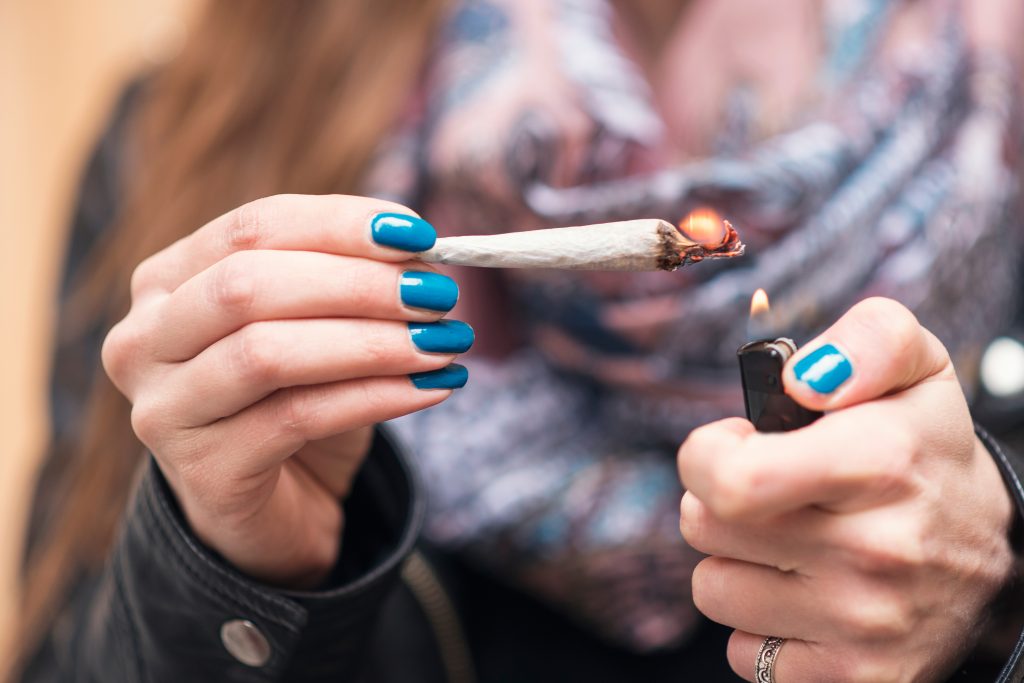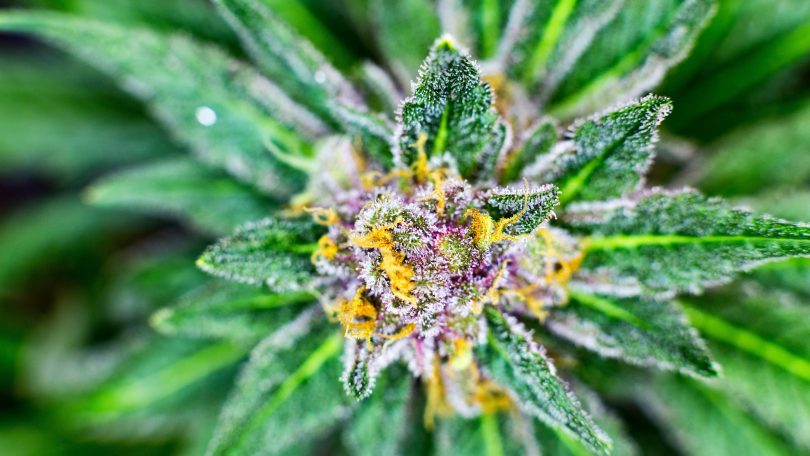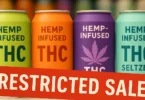There’s been a storm recently surrounding the health risks of vaping. Vaping-associated pulmonary injury (VAPI) has affected almost hundreds of people and killed at least 7 in the U.S.
While it seems that the cause of the problem might have been one particular cutting agent – vitamin E acetate – it just shows how careful we all need to be when it comes to putting things inside our bodies.
With that in mind, we thought it would be a good idea to discuss the safest ways of using raw hemp flower. First, however, let’s look at why by choosing hemp flower over other CBD products is a very wise choice.
Why hemp flower is already one of the safest CBD products
Hemp flower is the raw, dried bud of a hemp plant. Just taking into account that it is minimally processed already makes it incredibly safe.
In fact, the more processing a product has been through, the more chance it has been contaminated or adulterated in some way. Take CBD vape liquid, for example; the CBD first has to be extracted from hemp flower. It then has to be purified to remove and excess plant material. Finally, it is mixed with fillers and additives so that it’s the right consistency to be vaporized.
Hemp flower, however, is harvested straight from the plant, trimmed, dried, cured (hopefully for long enough), before being packaged and shipped to the customer. CBD products don’t get more natural than that.
Before we dive into details, don’t forget to subscribe to the CBD Flowers Weekly newsletter, where we discuss how to identify and locate the best available CBD hemp flowers!
How to buy safe hemp flower
There are a few things to look at when you buy hemp flower. After all, unscrupulous farming practices and poor post-harvest care can produce some safety issues. When purchasing hemp flower, consider the following…
1. Lab reports with pesticide/contaminants tested
Every vendor should have third-party lab analysis reports clearly displayed. If they don’t, you don’t have any idea what’s actually in your product. Most will show tests for cannabinoid content, which is helpful, but tests for pesticides and contaminants are extremely important when it comes to safety.
Particularly, as the hemp plant is known to be very good at absorbing pollutants through the soil it’s grown in. Through the process of phytoremediation, hemp has been known to absorb a wide variety of compounds including:
- Heavy Metals
- Radioactive Elements
- Pesticides, Herbicides, and Fungicides
- Explosives
- Fuels
2. Trusted seller (ideally a farm)
Make sure you buy from a trusted seller with plenty of positive reviews. Buying directly from a hemp farm is usually a good idea as they should know everything about the way the plant was grown, including if any pesticides were used.
And don’t be afraid to ask as many questions as you want.
3. Organic farming practices
There is much debate over farming practices and whether certain chemicals are safe or not to use on plants. In our estimation, it is advisable to stick with organic products and farms that use organic growing methods.
The safest methods to consume hemp flower
So that brings us to the methods of consuming hemp flower and looking at how safe each one is. While cannabis itself has an excellent safety profile, it’s easy to say that hemp has an even better one considering that THC – the main psychoactive component of cannabis – is very low in hemp flower.

Meanwhile, CBD has been shown to be a potent antipsychotic and is very well-handled by people, even in high doses. But that doesn’t mean that some consumption techniques can’t present some problems.
We’ve listed the following hemp flower consumption techniques with the safest first.
1. Tea
Hemp flower tea is, unsurprisingly, extremely safe. Despite the risk of burning your tongue should you be impatient, it involves very little risk. It might not be the most efficient form of consumption, however, as cannabinoids are fat-soluble (meaning they bind to fat). To increase absorption rates, try adding a bit of coconut oil to your tea.
2. Edibles/extractions
There are a variety of methods you can use to extract the essential oils from hemp flower. The methods of doing this at home usually involve infusing the hemp with a carrier oil, like coconut or olive oil. Once you have made the hemp-infused oil, it can then be used to bake or cook with in order to make hemp-infused edibles.
Eating hemp-infused edibles is very safe as it doesn’t involve inhaling anything. Not only is it extremely safe, it is also very effective consumption method, albeit a slow-acting one.
3. Dry herb vaping
Using a dry herb vaporizer to consume hemp flower is another very safe technique. It involves heating the plant material to a predetermined temperature that is hot enough to vaporize the plant’s essential oil (allowing you to inhale it), but not enough to burn it.
As no combustion takes place, no harmful chemicals are produced – as is the case when you burn hemp flower. The only concern when it comes to dry herb vaping is the fact that you are inhaling hot vapor, which could possibly cause damage to the tiny air sacs in the lungs. However, this has not been proven by any study.
4. Distillate vaping
Many hemp flower vendors sell hemp-derived distillate in cartridges that can be used in vape pens. Distillate is basically a complete hemp flower extract with no additives.
By inhaling this through a vape pen (usually a 510 threaded battery with adjustable temperature is recommended), you are consuming nothing but pure hemp flower extract, making it a very safe method indeed.
5. Dabbing
Dabbing is a form of vaporizing. Instead of using a vaporizer or vape pen, however, you use a bong-like device known as a dab rig. When dabbing, you are again vaporizing nothing but pure hemp flower extract.
6. Smoking through bong/pipe
Smoking through a bong or a pipe can have some harmful effects. Due to the high temperatures of a flame, the plant material combusts. This produces a number of known toxic chemicals – some of which are known carcinogens (cancer-causing), including carbon monoxide.
It is worth noting, however, that current knowledge does not suggest cannabis smoke has a comparable carcinogenic potential to tobacco smoke. In fact, there is no scientific link between cannabis smoke and lung cancer. The only negative health effect seems to be reversible lung damage.
7. Joints
Joints are possibly slightly worse than smoking from either a bong or pipe dude to the fact that you are also inhaling burned paper.
Warning against using cutting agents when hemp making e-liquid
When it comes to consuming hemp flower, most methods are incredibly safe. Even smoking is pretty risk-free in terms of long-term damage. However, you should take some precautions if you want to make your own hemp flower e-liquid.
Many recipes require the use of a cutting agent, filler, or thickener in order that the finished product vaporizes efficiently. Be very careful what you choose to use should you go down this route. As mentioned earlier, vitamin E acetate looks to be the culprit behind the recent vape injuries, although there may be more to it.
Some recipes suggest using vegetable glycerin (VG), propylene glycol (PG), medium-chain triglycerides (MCT), or another such substances. Please be aware that while these substances may be approved for consumption in food, the effects of inhaling them over the long-term has not been studied.
Conclusion
Hemp flower is as close to natural as you can get for a CBD products. This makes it very safe and very versatile. And while smoking may currently be the most popular way to consume it, brewing it, cooking it, or vaping it with a dry herb vaporizer are probably the least harmful methods.
Most distillate cartridges sold by vendors seem to be well-made and reliable, but if you are going to try and make your own e-liquid, be very cautious with any additives you decide to use.







